
The Single Fastest Way to Speak With Confidence: Public Speaking Hacks
Sep 26, 2023 | Public Speaking
Hey there, future eloquent speakers! So you’re looking for the quickest route to being an effective, confident public speaker? Whether you’re just starting or speaking in public for years, there’s always room for improvement.
Public speaking is a skill; like any other skill, it can be honed and mastered. Today, we’re diving deep into the quickest ways to boost your confidence and up your game. So please sit back, grab a notebook, and let’s get into it!

Why Public Speaking?

First off, why even bother mastering public speaking? Simple. Whether you’re a student giving a presentation, a job applicant in an interview, a manager pitching an idea, or a speaker at a large event, the ability to communicate clearly and convincingly can set you apart from the crowd.
It opens doors, both professionally and personally. The fact that you’re here tells me you already get that. So, let’s fast-track you to becoming an ace speaker.
Builds Confidence
First of all, let’s talk about confidence. Navigating social situations requires speaking up and expressing your thoughts. The more comfortable you are in a group setting, the better.
You won’t just become better at giving speeches; you’ll find that your increased confidence also permeates other areas of your life. Whether networking, debating, or hanging out with friends, your newfound confidence will make those interactions more rewarding and effective.
Influences and Inspires
The power to influence and inspire people should be considered. Consider iconic figures like Martin Luther King Jr., Steve Jobs, or Michelle Obama. What makes them stand out?
Their words can mobilize people, create change, or bring important issues into focus. By becoming a better public speaker, you can make an impact, whether in your community, workplace, or the world at large. You don’t have to be a world leader to inspire change; sometimes, even a well-delivered presentation at a community meeting can make a difference.
Pro Tip
Enhances Career Opportunities
In the professional world, the ability to articulate your thoughts effectively can propel you ahead in ways you might not have considered. Job interviews, business pitches, and team meetings are instances where public speaking skills can shine. Have you ever left a meeting thinking, “I had a great idea, but I just couldn’t express it well”?
That’s a missed opportunity. As you improve your public speaking skills, you’ll find that you’re more effective at sharing your ideas and, as a result, more likely to be recognized and rewarded in your career.
Cultivates Leadership Skills
Leadership and public speaking are closely tied. Effective communication is essential whether you’re a team leader at work, the head of a community organization, or a sports team captain.
Public speaking skills enable you to articulate your vision, influence others, and guide a group toward a common goal. Good leaders must be good communicators, and public speaking is a big part of that equation.
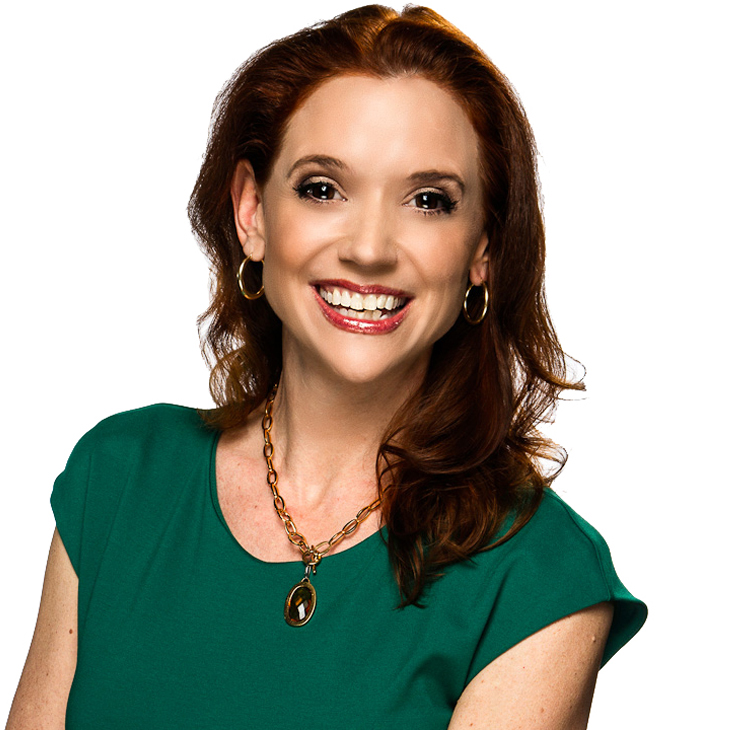
Personal Growth and Self-Improvement
The process of preparing and delivering a speech is in itself a great exercise in personal development. You learn how to research effectively, organize your thoughts, manage your time, and, most importantly, understand the nuances of human interaction and connection. It’s like a mini-course in psychology, sociology, and self-management, all wrapped up in one activity.
Enhances Social Skills
This sounds surprising, but public speaking can make you better in social situations. It’s all about being attuned to your audience, understanding their reactions, and modifying your approach. These skills, once honed, are precious in everyday interactions.
You’ll find yourself more empathetic, a better listener, and generally more adept at reading people and situations; skills benefit any social context.
The Golden Rule: Practice, Practice, Practice

If there’s one magic bullet that can rapidly improve your public speaking skills, it’s practice. That might sound obvious, but you’d be surprised how many people think they can ‘wing it’ and stumble through their speech. Think of practicing like training for a marathon.
You wouldn’t just get up one day, throw on some sneakers, and expect to run 26.2 miles without a hitch, right? The same principle applies here. Regular, focused practice is the cornerstone of any improvement.
Consistency is Key
When we say “practice,” we’re not talking about cramming all your rehearsal time into the night before your speech (though that’s better than not practicing). The most effective practice is consistent and regular.
As you wouldn’t train for a marathon by running 26.2 miles the day before the race, don’t expect to become a masterful speaker overnight. Consistency allows you to make steady improvements, evaluate your performance, and adjust your approach.
Iterative Learning
Another aspect of practice is iteration. Each time you run through your speech, you’re reinforcing the material and giving yourself another chance to find new ways to improve. You may notice a section where your energy flags or discover a phrase that always upsets you.
These are opportunities for refinement. Iterative practice means that each run-through has a purpose beyond mere repetition.
Action Item
Mental Rehearsal
Don’t underestimate the power of mental practice when you can’t physically rehearse. If you find yourself in a situation where speaking aloud isn’t possible—maybe you’re on public transportation or waiting at the dentist’s office—you can still run through your speech mentally. Visualize yourself on stage, delivering your lines perfectly.
Think about your tone, pace, body language, and reaction from your imaginary audience. Athletes use this technique all the time to improve their performance, and it can also work for public speaking.
Learning From Mistakes
Practice is also the safest space to make mistakes; yes, mistakes are good! Each mistake you make during practice is one less you’re likely to make when it counts. Got a line you always forget?
It is better to realize that during practice than during your speech. Have you mispronounced a word? Now you have the chance to correct it. Each error is an opportunity to learn and improve.
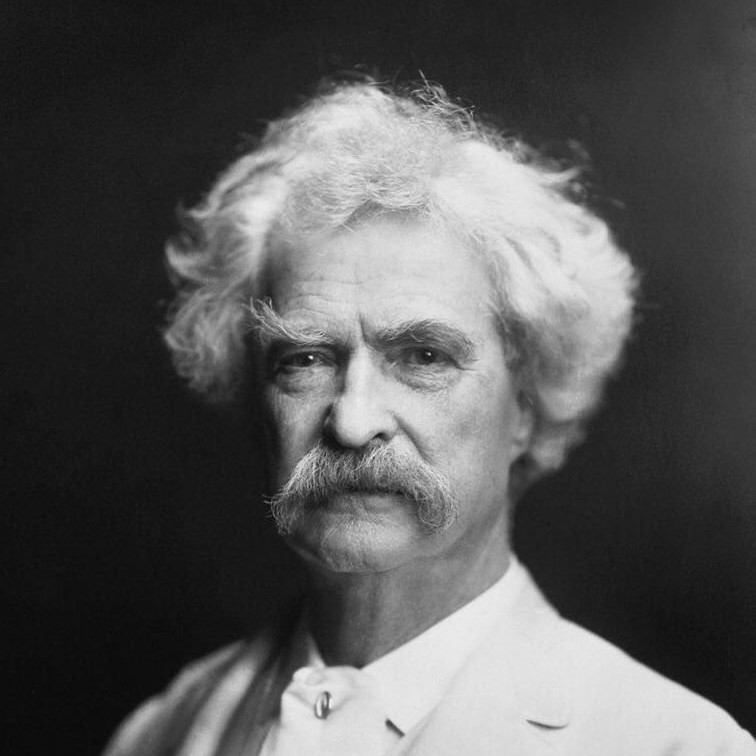
A Whole-Body Experience
Remember that public speaking is a whole-body experience, engaging your voice, facial expressions, and body language. Practice is not just about getting the words right; it’s also about practicing your gestures, movements, and pauses. These elements can elevate an excellent speech to a great one, and they require just as much practice as the content of your speech itself.
Feedback Loops
Finally, practice isn’t an isolated activity. Whenever possible, solicit feedback from trusted friends, family, or mentors who can provide constructive criticism.
What felt like a solid point to you might not resonate with others, or you might discover that a section you were unsure about had a significant impact. The more feedback you can get, the better you can tailor your speech to your audience, which is, after all, the ultimate goal of public speaking.
But What Do I Practice?

Great question! Don’t just read your script or slides over and over. That’s a start, but it won’t cut it. The secret sauce is to practice in conditions that closely mimic the actual situation you’ll be speaking in. Here are some targeted areas you can focus on:
Content Mastery
Before you even start practicing your delivery, you must have a solid grasp of your material. The more you know about your topic, the more confidence you’ll exude. Don’t just memorize your lines—understand your subject inside and out.
This lets you engage with your audience rather than reciting a memorized script. You’ll feel more relaxed and agile during your talk if you’re a subject matter expert.
Pro Tip
Vocal Tone and Cadence
Your voice is one of your most powerful tools. Play around with varying your tone, pitch, and volume. Speed up for exciting points and slow down to emphasize critical messages.
Record yourself and listen to the playback. Are you engaging, or do you sound like you’re reading a grocery list? Adjust as needed.
Body Language
Nonverbal cues can either support or undermine what you’re saying. Maintain eye contact to create a connection with your audience. Use hand gestures purposefully, but avoid pacing. Stand tall and own the space you’re in.
Real-Time Feedback
Enlist the help of friends or family to act as a mock audience. Alternatively, use a camera to record your practice sessions. This is gold for identifying areas where you may need to improve.
The FASTEST Hack: Visualization

The human brain is a powerful thing. Sports psychologists have used visualization techniques for years to help athletes improve their game. You can apply the same principle to public speaking.
Close your eyes and vividly imagine yourself giving an awe-inspiring speech. Visualize every detail—your tone, body language, and audience’s reactions. This mental rehearsal can help build confidence and make the event more familiar.
Advanced Tips

Alright, seasoned speakers, we haven’t forgotten about you! If you’ve been at this for a while and you’re looking to take your skills to the next level, here are some advanced tips:
The Rule of Three
People can only hold so much information at once. Divide your main points into sets of threes. Not only is this easier to remember, but it also makes your message more impactful.
Storytelling
Humans are wired to love stories. Weave anecdotes or personal experiences into your speech to make your points more relatable and memorable.
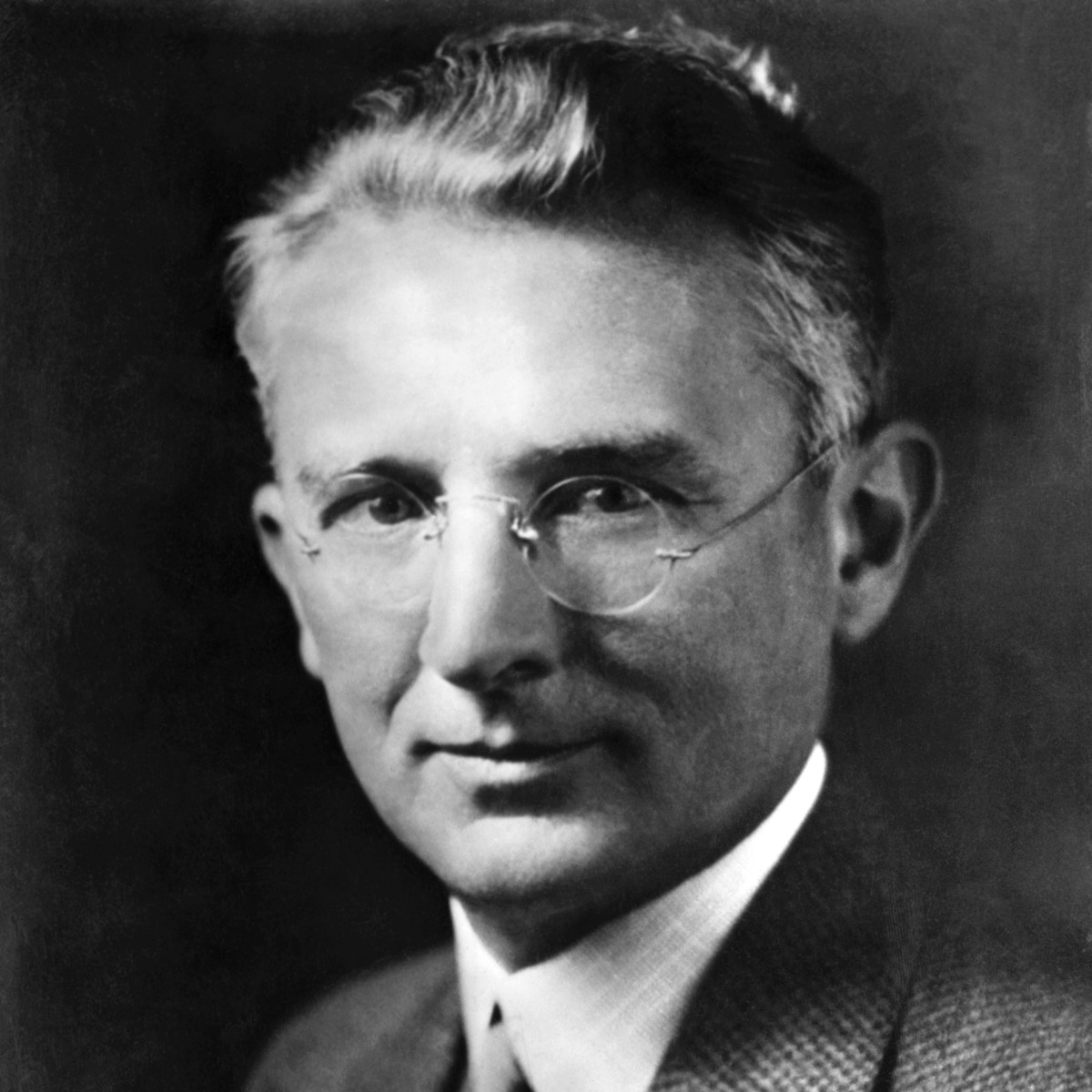
Audience Interaction
Involve your audience by asking questions, encouraging participation, or even making them laugh. This makes your talk more engaging and less of a monologue.
The Power Pause
Don’t be afraid of pauses. These moments of silence can be powerful tools to emphasize a point or give your audience time to digest what you’ve just said.
Final Thoughts
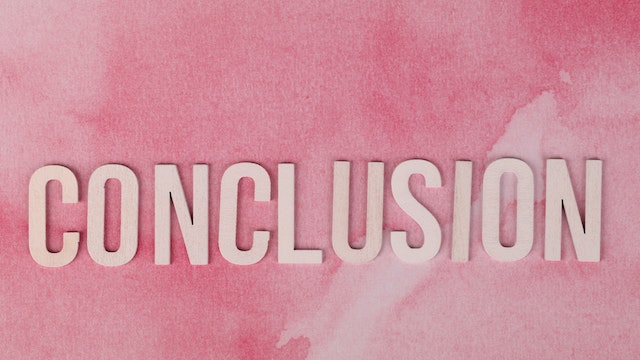
Whether you’re a beginner or a seasoned pro, the fastest route to becoming a confident public speaker boils down to practice, preparation, and a sprinkle of visualization and advanced techniques for those looking to up their game. So what are you waiting for? Your audience awaits, and you have what it takes to wow them.








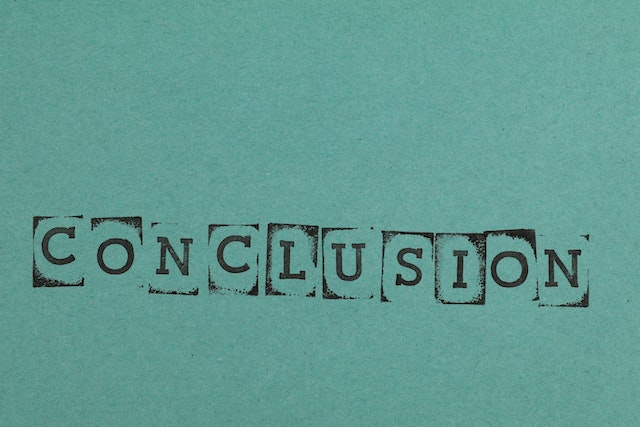


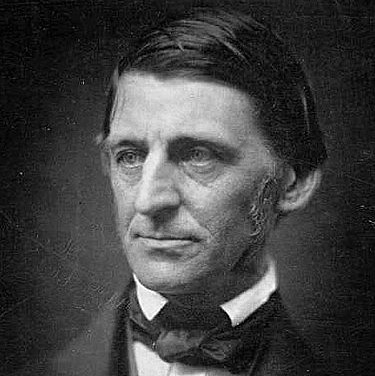

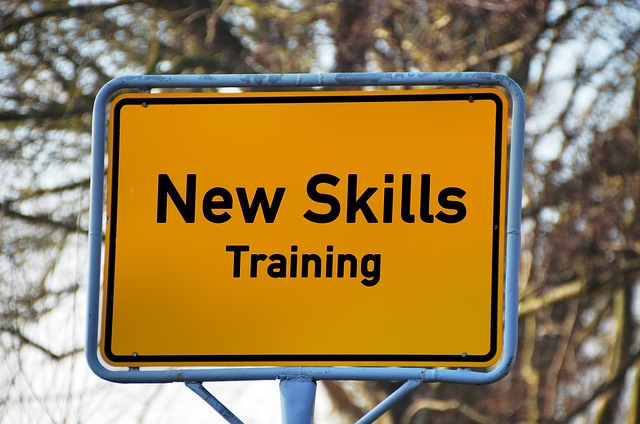
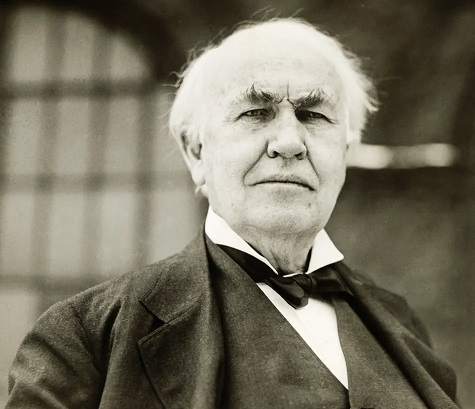








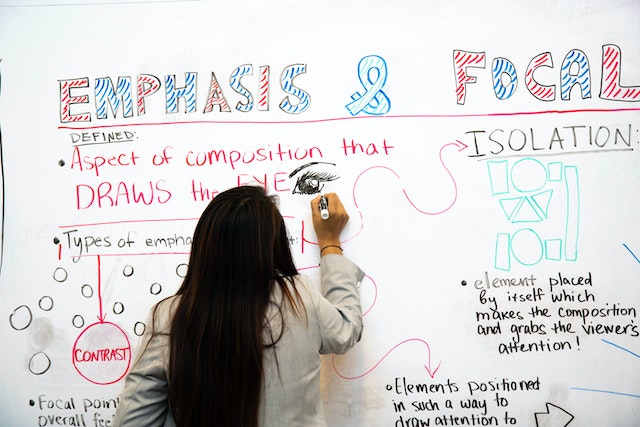

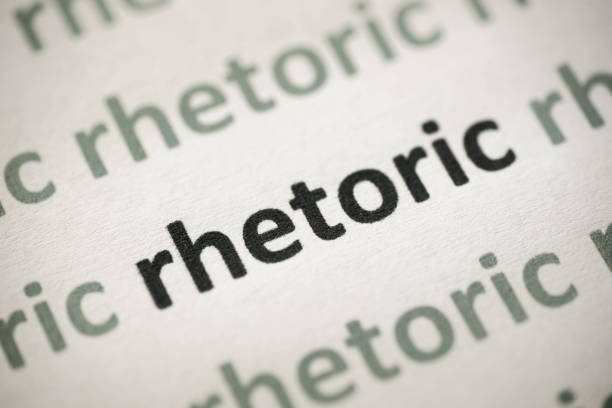
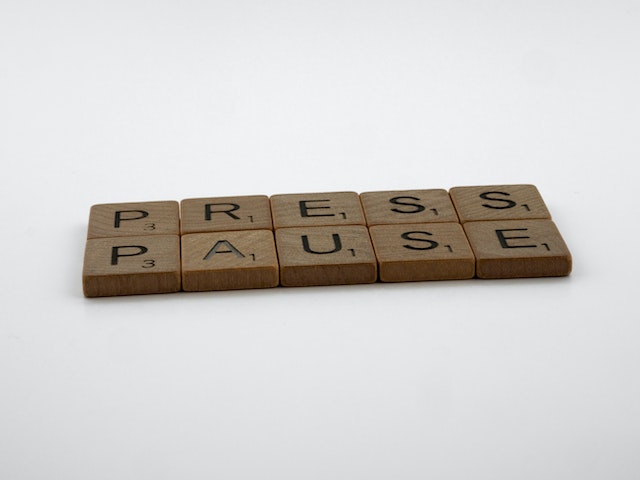


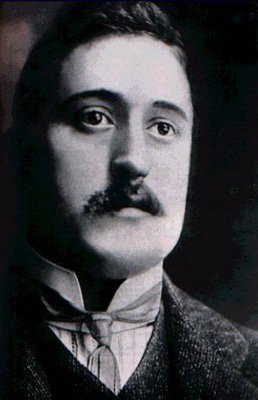



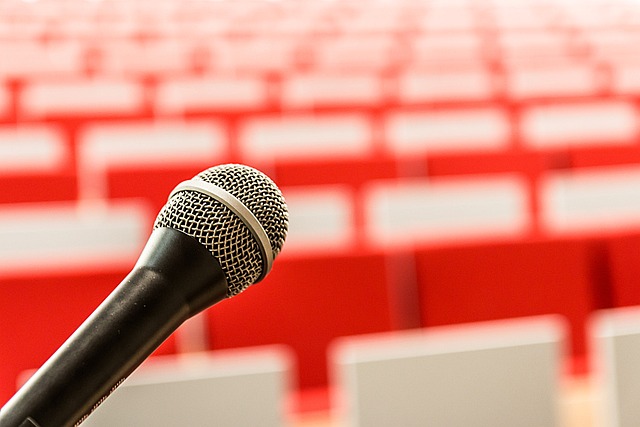
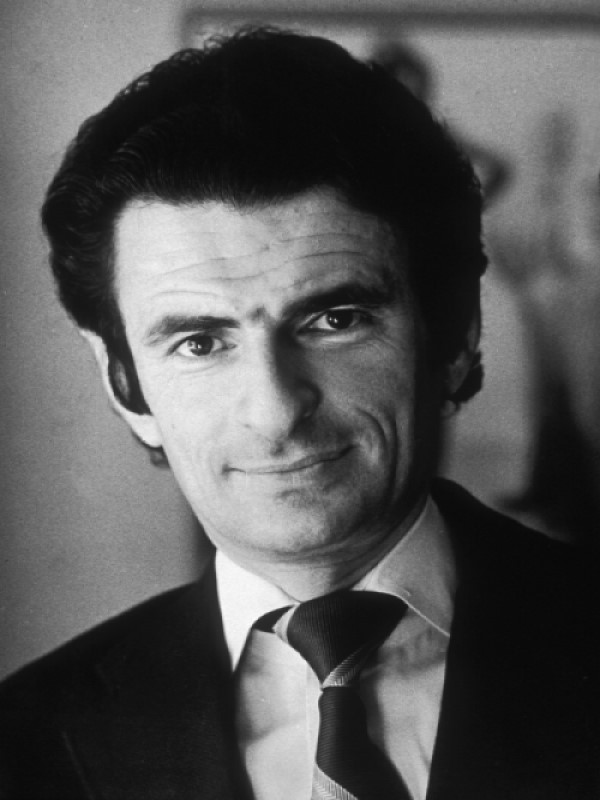














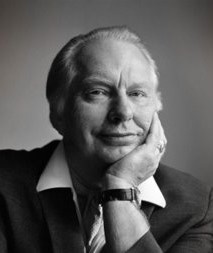

Recent Comments